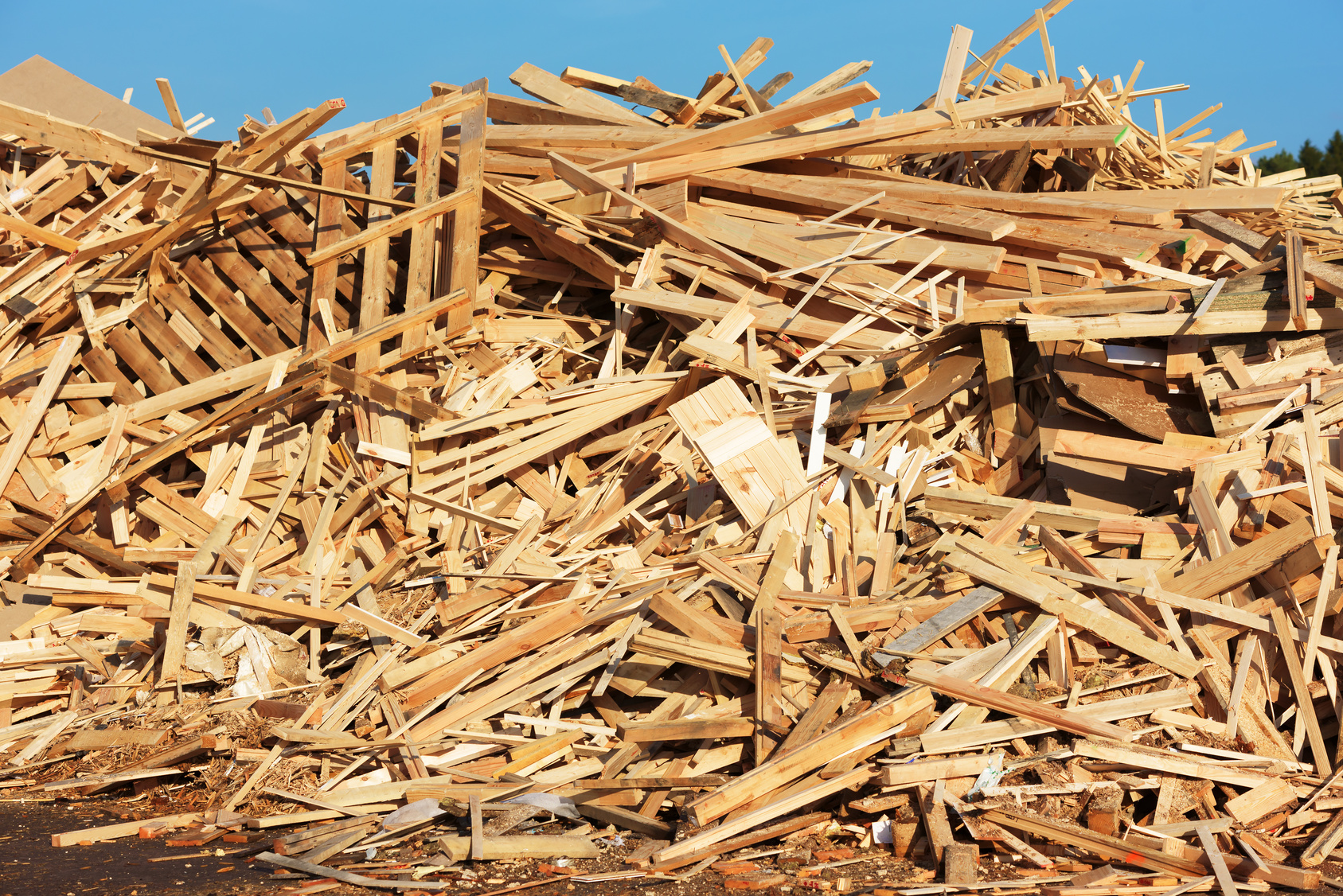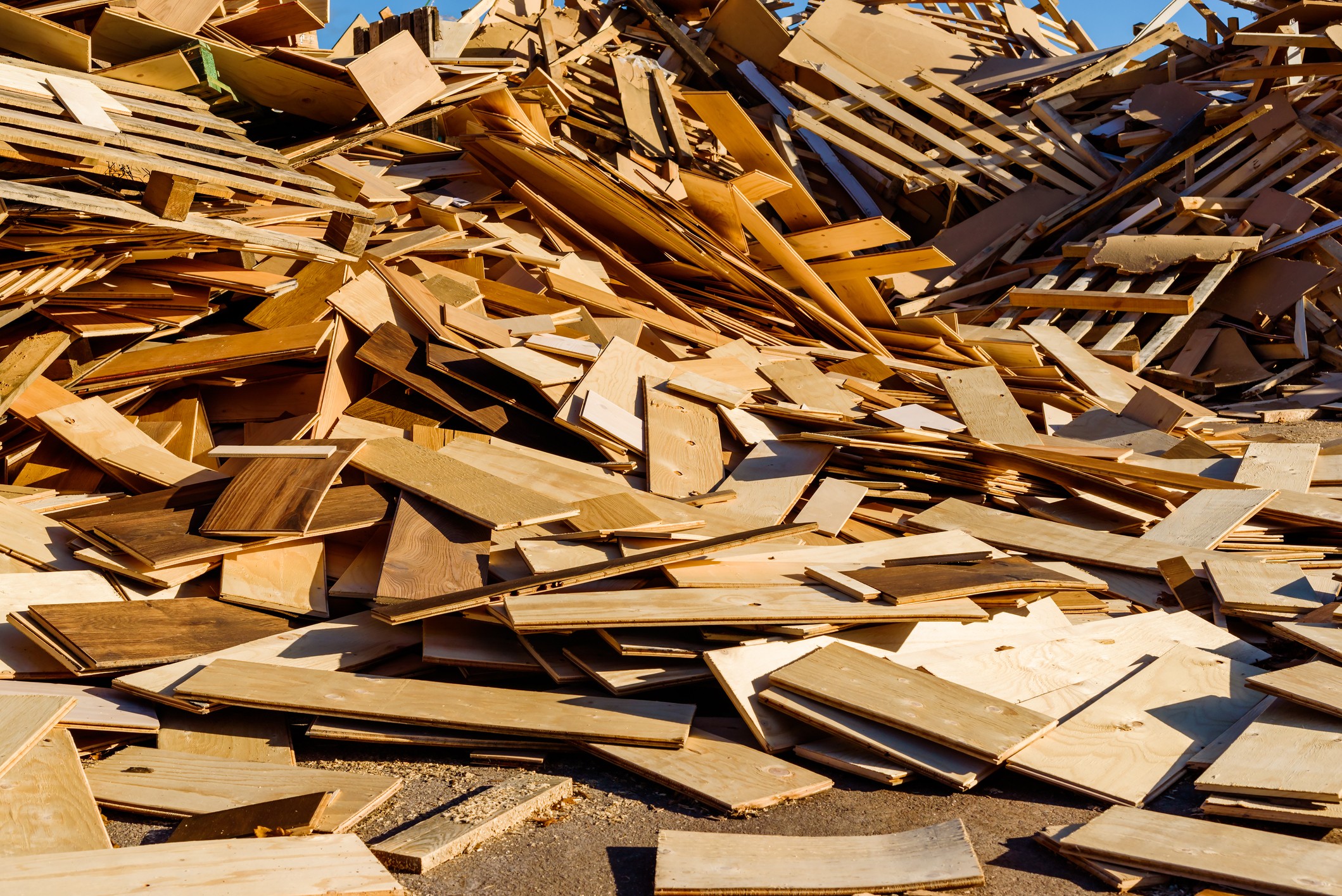Wood pyrolysis, a process of heating wood in the absence of oxygen, has emerged as a fascinating avenue of study, offering a spectrum of valuable outputs often likened to “carbonized gold.” This article delves into the intricate world of the technology of wood chips charcoal making machine, exploring the diverse byproducts it yields and their applications across various industries.

The Basics of Wood Pyrolysis
Before we delve into the valuable outputs, let’s establish a foundational understanding of wood pyrolysis. This thermal decomposition process involves subjecting wood to high temperatures, typically between 300°C and 900°C, in an oxygen-deprived environment. As the wood undergoes pyrolysis, it transforms into several noteworthy byproducts, each possessing unique properties and applications.
The Residue Riches: Biochar
Biochar Unveiled
One of the most renowned byproducts of wood pyrolysis is biochar. This carbon-rich material is essentially the solid residue left behind after volatile gases and liquids have been driven off during pyrolysis. Biochar is celebrated for its ability to enhance soil fertility, sequester carbon, and promote sustainable agriculture. This technology of coconut charcoal machine also can process other materials.
Agricultural Applications
1. Soil Amendment: Biochar’s porous structure provides an ideal habitat for beneficial microorganisms, enhancing soil fertility and nutrient retention.
2. Carbon Sequestration: By integrating biochar into the soil, carbon is sequestered for the long term, mitigating the impact of carbon emissions on the environment.
3. Water Retention: Biochar’s porous nature also aids in water retention, reducing the need for frequent irrigation in agriculture.
Gaseous Gold: Syngas
The Synergistic Gas
Syngas, a synthesis gas composed primarily of hydrogen and carbon monoxide, is a gaseous byproduct of wood pyrolysis. This versatile gas has applications across various industries, making it a valuable output with potential economic and environmental benefits.
Industrial Applications
1. Energy Production: Syngas can be used as a fuel in gas turbines or engines, generating electricity and heat. This application contributes to cleaner energy production.
2. Chemical Synthesis: Syngas serves as a precursor for the production of various chemicals, including methanol and synthetic fuels, fostering a sustainable approach to chemical synthesis.
3. Biomass Gasification: By utilizing syngas in biomass gasification, it becomes possible to convert various organic materials into a versatile fuel source.
Liquid Assets: Bio-oil Liquid Gold
Bio-oil, also known as pyrolysis oil, is a liquid byproduct extracted from wood pyrolysis. This dark, viscous substance is a complex mixture of organic compounds, presenting opportunities for alternative energy sources and industrial applications.
Energy and Industrial Uses
1. Biofuel Production: Bio-oil can be upgraded to produce biofuels, offering a renewable alternative to traditional fossil fuels.
2. Chemical Feedstock: The diverse composition of bio-oil makes it a potential feedstock for the production of chemicals and pharmaceuticals, contributing to the bio-based economy.
3. Industrial Heat Generation: The combustion of bio-oil can provide heat for industrial processes, reducing reliance on conventional energy sources.

The Environmental Footprint
Sustainable Solutions
Wood pyrolysis, when conducted responsibly, offers an environmentally friendly approach to biomass utilization. The carbonization process contributes to carbon sequestration, mitigating the carbon footprint associated with traditional waste disposal methods.
Carbon Neutrality
The carbon released during pyrolysis of biochar maker for sale is part of the natural carbon cycle, as the trees absorbed this carbon dioxide during their growth. Therefore, when used for energy or other applications, wood pyrolysis can be considered carbon-neutral, further bolstering its appeal as a sustainable practice.
Challenges and Future Directions
While the outputs of wood pyrolysis hold immense promise, challenges remain, including optimizing production processes, addressing economic considerations, and ensuring environmental sustainability. Researchers and industry experts continue to explore ways to enhance the efficiency of wood pyrolysis and maximize the value of its byproducts.
Technological Innovations
1. Advanced Pyrolysis Technologies: Ongoing research focuses on developing advanced pyrolysis technologies that can improve the yield and quality of the byproducts.
2. Economic Viability: Innovations in economic models and processing techniques aim to make wood pyrolysis more commercially viable, driving its adoption on a larger scale.
3. Environmental Impact Assessment: Researchers are actively assessing the environmental impact of wood pyrolysis and working to minimize any potential negative effects, ensuring a holistic and sustainable approach.
Conclusion
In conclusion, wood pyrolysis stands as a transformative process, turning timber into a source of carbonized gold. The valuable outputs, including biochar, syngas, and bio-oil, offer a myriad of applications across agriculture, energy, and industry. As technology advances and sustainability remains at the forefront of global concerns, wood pyrolysis is poised to play a pivotal role in shaping a greener and more sustainable future. View more information about this topic: https://www.bestongroup.com/fr/.